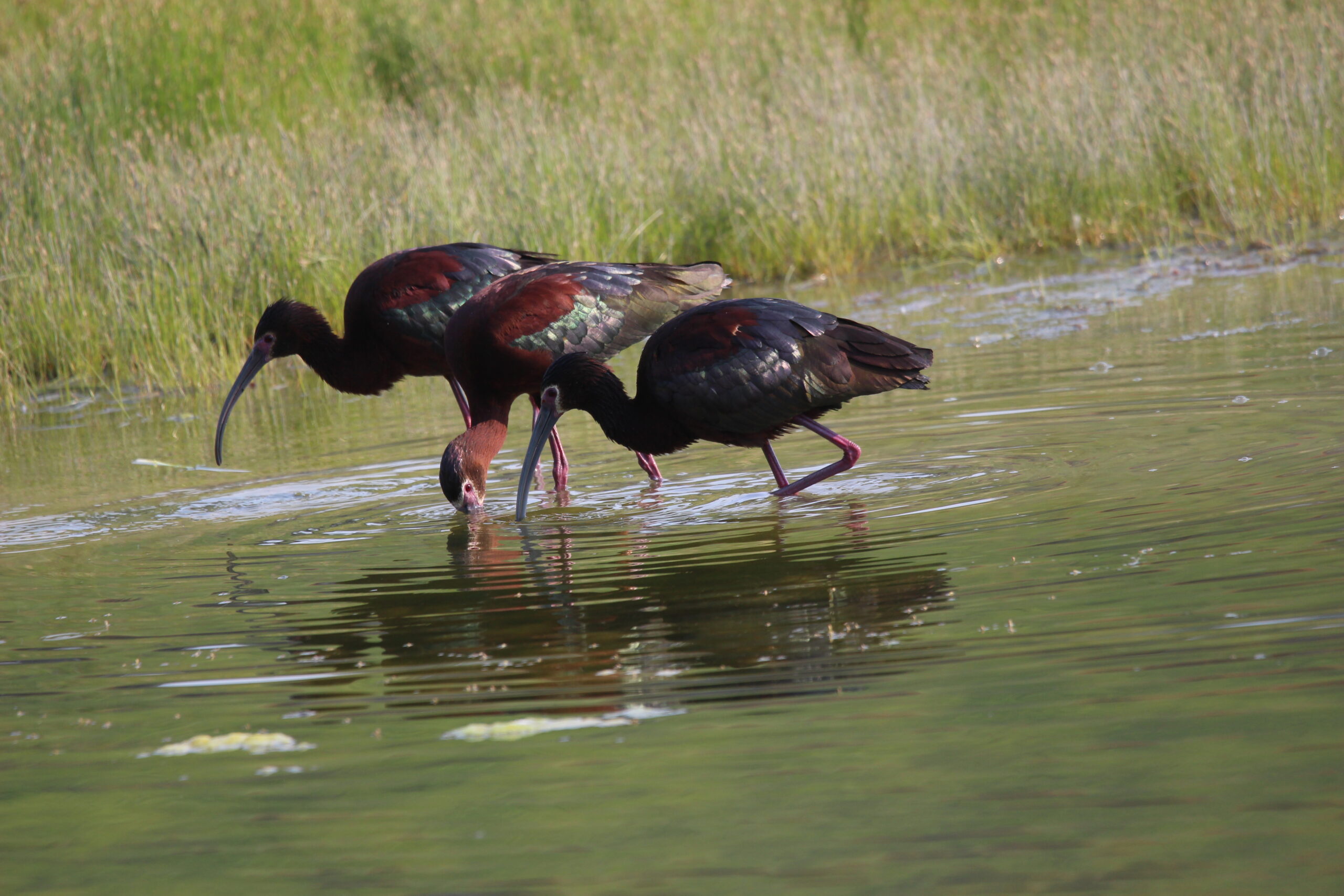I was looking for a dessert wine for those post-repast feasts that are so common during the holiday season, and my favourite wine expert at my local bottle shop recommended I browse the aisle with the Hungarian wines.
For the average wine drinker, Hungary might not be the first country that comes to mind when you are thinking of wine, but it is well-regarded by the wine snobs of the world. The famous wine in question is known as Tokaji (pronounced toe-kay), and is primarily made from a unique grape varietal called Furmint.
For the readers in the audience who are fans of sweet dessert wines, but may not be familiar with Tokaji, it is sometimes compared to the Sauternes style of sweet wines from Bordeaux.
The Furmint grape varietal starts its growth cycle with a thick skin, which quickly thins and becomes transparent as the season progresses, which allows sunlight to penetrate the grape, evaporating much of the juice inside, thusly elevating the sugar content.
Unlike other grape varietals, Furmint actually grows a second skin late in the growing season, which helps protect the fruit from rot. This unique characteristic lets the winemaker keep the grapes on the vine late into the season, which allows the grape to become intensely sweet as they spend extensive time ripening.
When the grapes are finally harvested, most of the liquid has already evaporated, leaving an intensely sweet fluid left in each grape.
Because the yield from each grape is so small, the overall annual production of Tokaji is only about ten million litres. To put that in perspective, even Canada’s relatively small contribution to the world of wine produces ten times that amount.
This scarcity makes Tokaji wine very sought after, particularly with its regal pedigree. Tokaji was very popular with the European nobility in centuries past, with King Louis XV of France proclaiming it as the “Wine of Kings, King of Wines”. Unsurprisingly, that same testimonial graces every bottle to this day.
There is even some political intrigue in Tokaji’s history, with the wine featuring prominently in a political assassination back in Czarist Russia. The Russian nobility grew weary of Rasputin boffing all their wives during confessional, so they laced several bottles of Tokaji with poison, and watched with evil glee as the so-called Mad Monk guzzled them down. Unfortunately for the noblemen, Rasputin had an iron constitution, and the cyanide-laced wine barely fazed him, so they ended up shooting him and tossing him in the river to drown.
The Tokaji wine producing region is the world’s oldest protected appellation, first decreed in 1737, meaning that it must be grown in a very particular area in order to be called Tokaji. The wine growing region is nestled on the edge of the Carpathian mountains, with volcanic soil rich in iron and lime. The sheltering effects of the mountains provide an extended growing season, which helps the grapes fully ripen to produce their signature rich and sweet flavours.
While there are Tokaji wines made in a dry style, the more rare and highly sought-after are the sweet dessert wines, referred to as the Aszú style, which comprises only 1% of the total wine production in the region. These grapes are individually picked by hand, a particularly labour-intensive and arduous process.
The wine itself is usually topas-coloured, and is best when affected by the Botrytis fungus, also known as noble rot, which serves to dehydrate the grapes, concentrating the sugars even further. Thanks to the dry autumns with plenty of early morning mists, the terroir of the region is particularly suited to the so-called noble rot, which is highly sought by winemakers that produce sweeter wines.
Prior to the fall of communism in Hungary in 1989, all national wine production was handled by a single state-run winery, with predictably terrible results. Today, there are a few dozen small family-owned wineries, but the majority of wine production in the region comes from the Royal Tokaji Wine Company, which was the first private winery formed after the fall of communism.
The dry styles of Tokaji have prominent flavours of orange rind and dry fruit, with a viscous feeling on the tongue from the high levels of residual sugar. The more rarified sweet styles are bursting with flavours of honey and wild flowers, with hints of peach and stone fruit in the finish.
While Tokaji wines are much less common than other varieties, you can easily find it at well-stocked booze merchants across Alberta, usually in the $24-$45 range. Pick up a bottle for your next dinner party and wow the guests!





